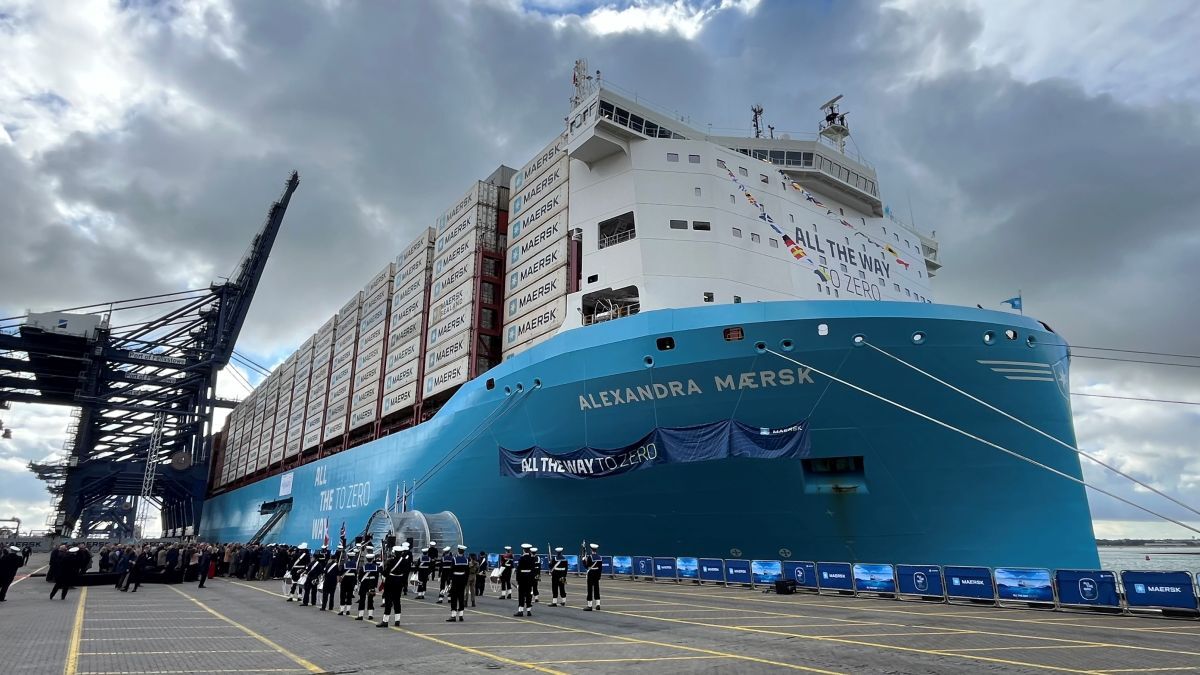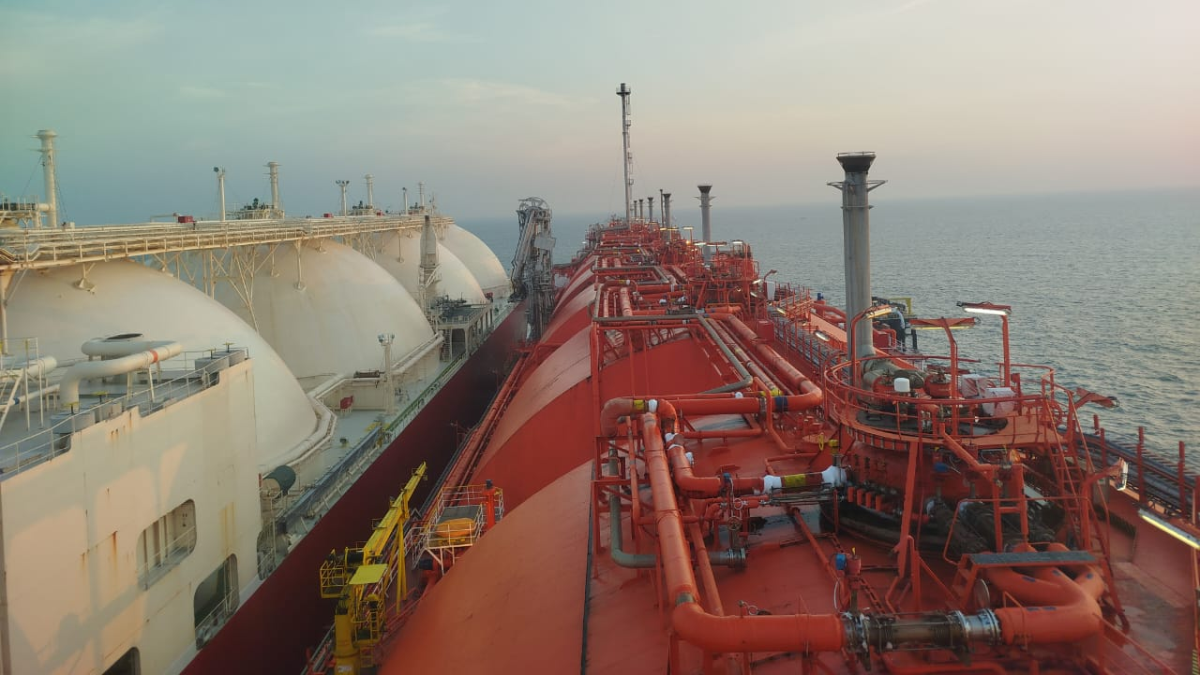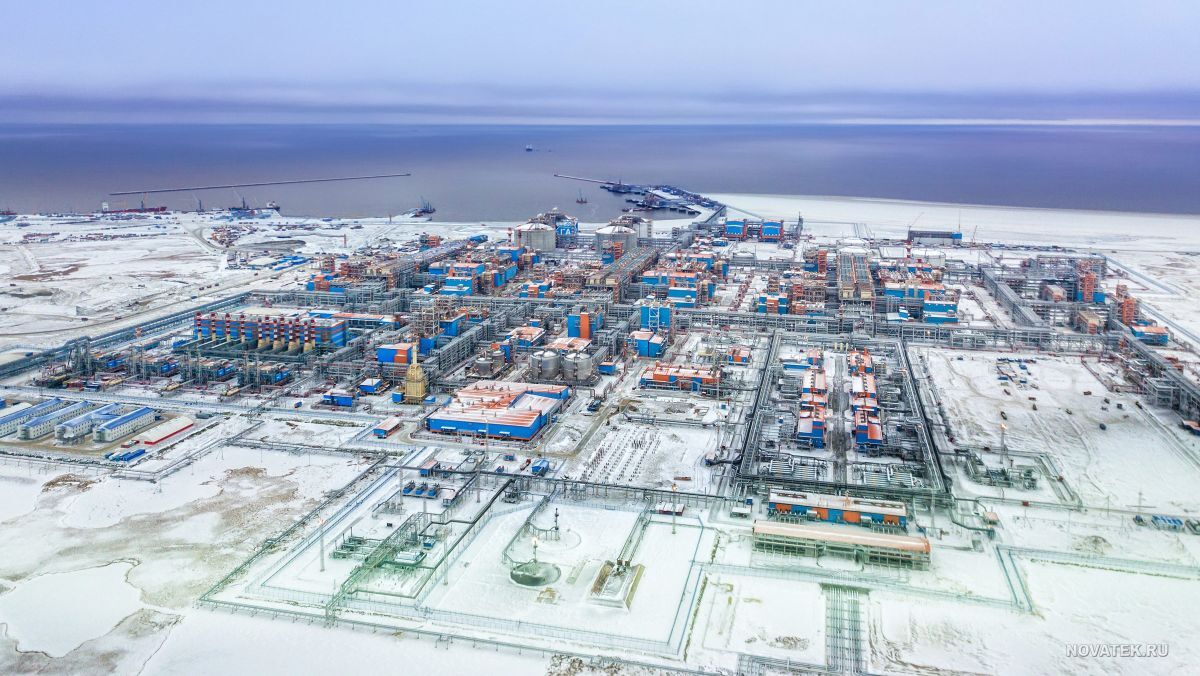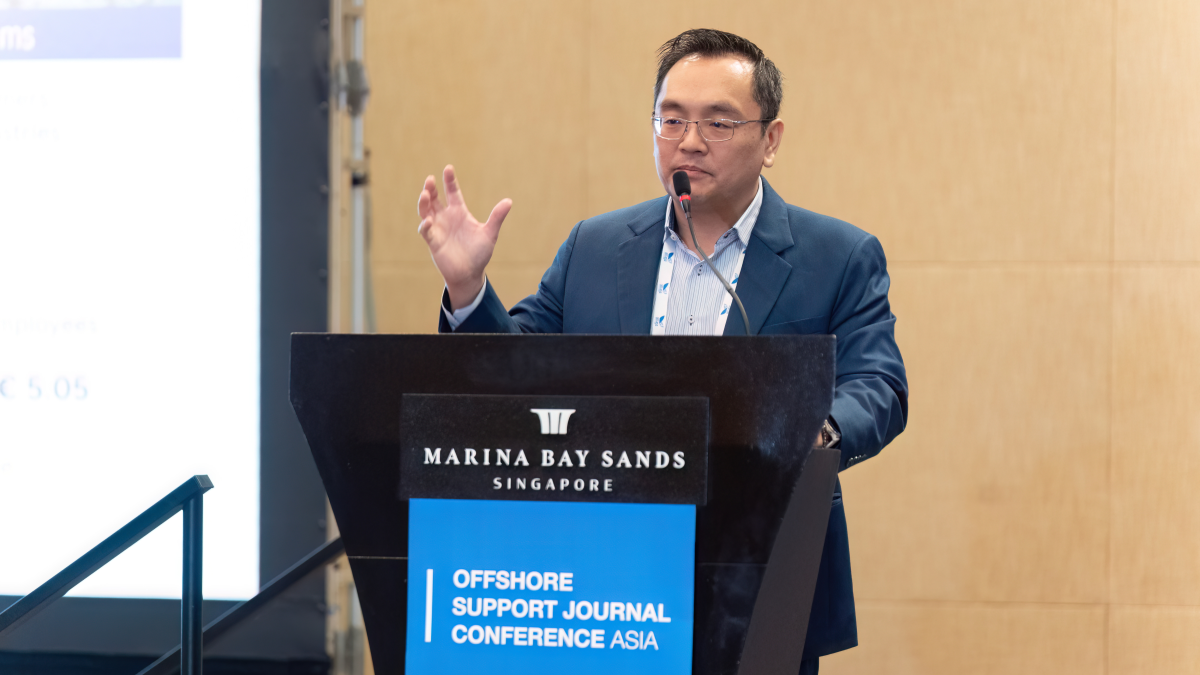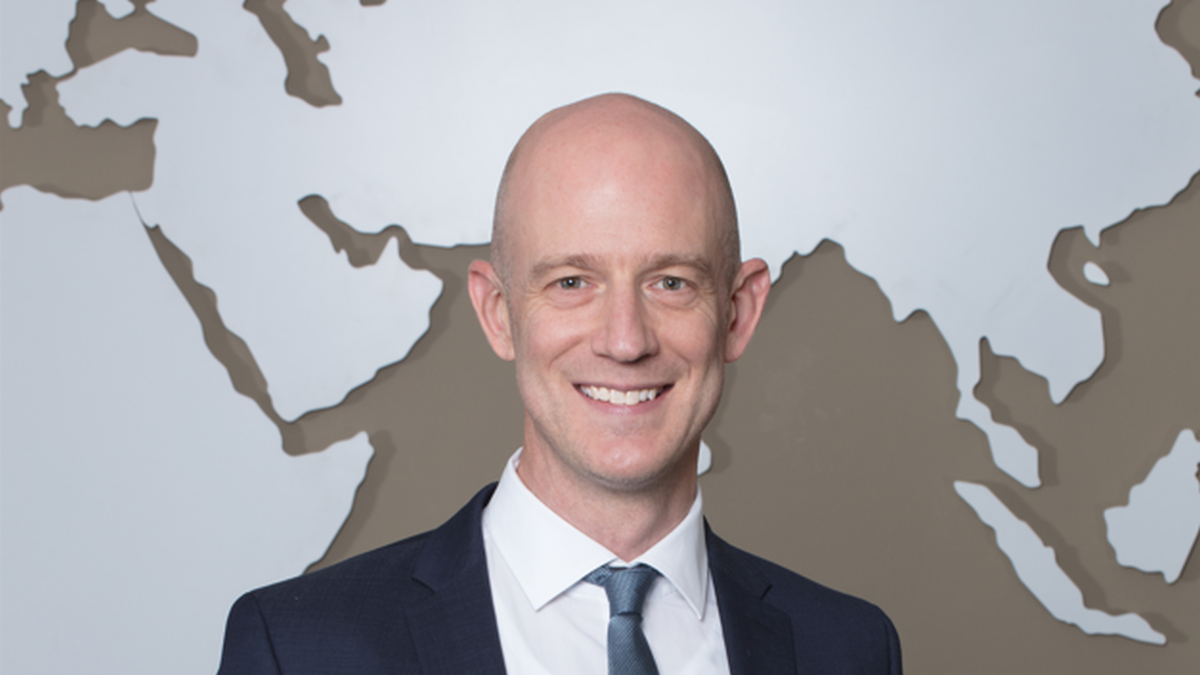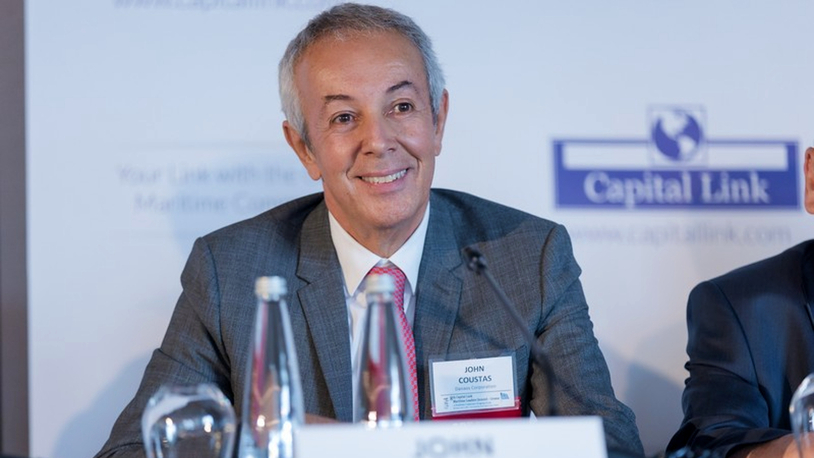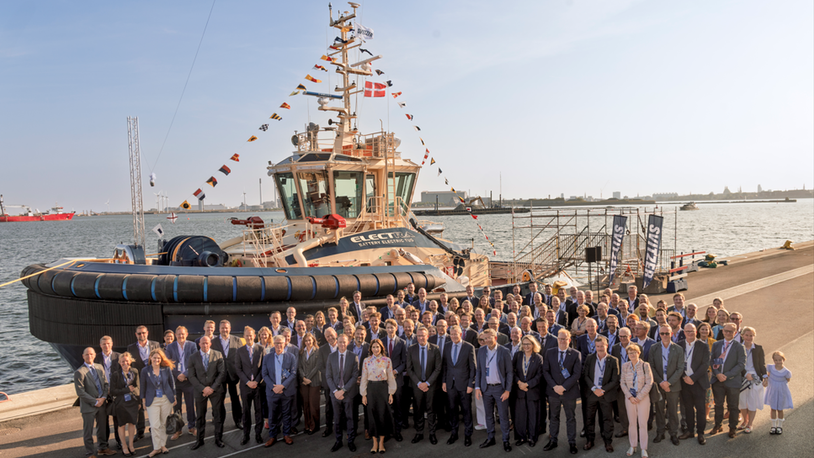Business Sectors
Events
Contents
Maersk to retrofit 200 container ships
In a large-scale programme involving 50 different shipowners, Maersk is retrofitting around 200 vessels in its time-chartered fleet
Container shipping giant Maersk has launched a major fleet retrofitting programme that will see some 200 of the company’s time-chartered vessels in the shipyard for updates.
Maersk said the main aim of the programme is to reduce its slot cost through improvements in fuel efficiency and cargo-carrying capacity that will lead to a decrease in both cost and greenhouse gas emissions. Slot cost or slot rate is the price that a shipping company pays to the shipowner or operator for one standard-sized container.
“Our medium- and long-term chartered fleet makes up a significant proportion of our operations as well as of our total fuel consumption. By working closely with our partners, we aim to implement solutions that not only reduce emissions but also enhance the overall competitiveness of our fleet,” Maersk head of asset strategy and strategic partnerships, Ahmed Hassan said.
Maersk has set the target of a 35% absolute reduction in its scope 1 greenhouse gas emissions by 2030 compared to the 2022 baseline year.
Mr Hassan continued: “While fuel transition is needed to reach our long-term goal of net-zero emissions by 2040, investments in existing fleet efficiency enhancement technologies is a powerful tool to gain significant emissions reductions in the short term. Consequently, this strong emphasis on efficiency measures can deliver tangible progress towards our 2030 goal. That goes for owned as well as chartered vessels.”
In total, Maersk and time-charter partners have executed more than 1,500 individual projects across 200 vessels with 50 shipowners, and an additional 1,000 projects are in the process of execution, scheduled to be finalised by 2027. The investment cost for these solutions is split between Maersk and the vessel owners.
Mr Hassan commented: “We have, from experience, found that this model is a win-win. At Maersk, we can reduce both emissions and fuel costs, while the owners get the long-term value of a modernised vessel.”
A statement explained that of the around 200 vessels being retrofitted, a common and significant change to the vessel configuration is the replacement of the propeller or bulbous bow. Alongside this, the replacement of propellers combined with Pre-Swirl Devices “plays a crucial role in maximising thrust while minimising energy loss”.
“Many of these ships were designed and constructed at a time when container vessels in general were sailing at faster speeds. To bring down fuel consumption, we have, over the years, introduced less compressed vessel schedules, but the propellers and bulbs optimised for faster speeds have been kept. There lies a big efficiency potential in replacing them,” Mr Hassan added.
Other retrofit solutions, such as auxiliary engine waste heat recovery systems, allow steam production from auxiliary engine heat, reducing the reliance on fuel-oil-fired boilers. Similarly, the installation of shaft generator systems cuts down auxiliary engine usage, contributing to significant fuel savings.
Maersk said that cargo-carrying capacity is also being enhanced through a range of structural and technical improvements: elevating the wheelhouse to improve line of sight and increase intake, raising the lashing bridges, strengthening the vessel’s deadweight capacity for deeper drafts, and upgrading both lashing systems and loading computer functionalities.
Riviera’s next Vessel Optimisation Webinar Week will be held 23-24 October. Use this link for more information and to register for these webinars.
Related to this Story
Events
Offshore Support Journal Conference, Americas 2025
LNG Shipping & Terminals Conference 2025
Vessel Optimisation Webinar Week
© 2024 Riviera Maritime Media Ltd.


